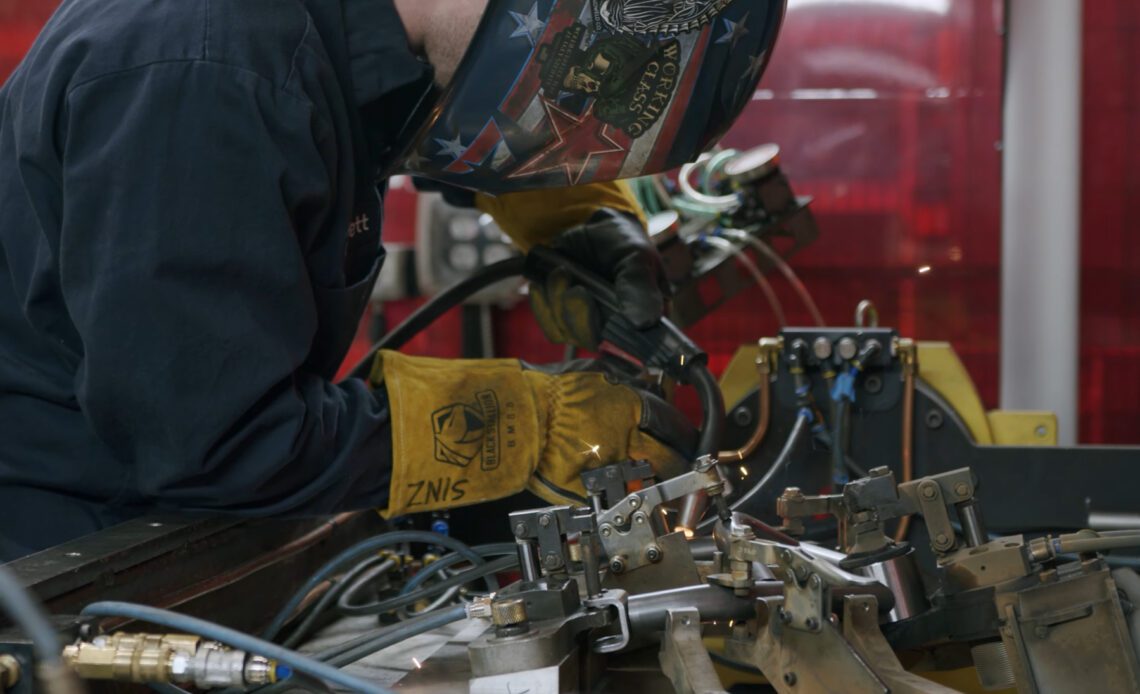Consumers rarely get to look behind the curtain to see how the products they use are developed and made. Thankfully for performance enthusiasts, QA1 has decided to pull the veil of secrecy back just a little bit and show us what went into designing a new generation of GM tubular control arms and how they’re made.
Modern manufacturing technology and techniques have made a massive impact on how the automotive aftermarket creates parts. QA1 has embraced everything these new technologies offer and folded them into the design process. This is on full display when we get to see how QA1 has implemented cutting-edge practices to scan vehicles to assist with the design process of the new control arms. By using this method, QA1 is able to fast-track the process of designing prototype parts and make sure they’ll fit better during the initial stages of the testing process.
QA1’s use of 3D printing prototype parts generated an easier path to make running changes to the early tubular control arm designs before any metal parts were made. When the tubular control arms were moved to the testing phase, QA1 used its engineer’s vehicles to do initial testing on the parts so they could get a feel of what changes needed to be made.
When it came time for the tubular control arms to be manufactured, QA1 put numerous quality control processes in place to ensure the parts would be perfect. These quality control measures included numerous fixtures and jigs to check the tubular control arms fit and finish during the assembly process. Finally, QA1 put the same level of thought into the design of the packaging as they did the parts so they would arrive safe and sound to each customer.
If you like to see how things are made, you’ll want to sit back and watch this entire video from QA1.
Click Here to Read the Full Original Article at DragzineDragzine…

